Microwave-Assisted Reductive Amination with Aqueous Ammonia: Sustainable Pathway Using Recyclable Magnetic Nickel-Based Nanocatalyst
Résumé
The development of sustainable protocols for the reductive amination is a highly desirable pursuit in the domain of green synthesis. Magnetic nanocatalysts have found a unique niche in chemical synthesis in recent years as the recovery of expensive and/or toxic catalysts after their use are some of the salient features of these greener processes. Herein, we report the application of a recyclable nickel silica eggshell iron-based magnetic nanoparticles (Fe3O4@SiO2-Ni) for the expeditious microwave-assisted reductive amination of aryl aldehydes and ketones in aqueous ammonia; several desired primary amines were produced in good-to-excellent conversions. Extensive characterization of both, fresh and recycled Fe3O4@SiO2-Ni catalysts, showed that the Ni nanoparticles are highly dispersed on the silica shell and that the metal active phase is highly stable as the core–shell morphology is maintained after reaction, indeed the catalyst is recyclable up to six runs without deactivating. A synergic effect between the Ni nanoparticles and the silica support has been hypothesized wherein the Fe3O4@SiO2-Ni system worked as a bifunctional catalyst; support facilitates the activation of the substrate, and the metal nanoparticles promote the subsequent imine hydrogenation.
